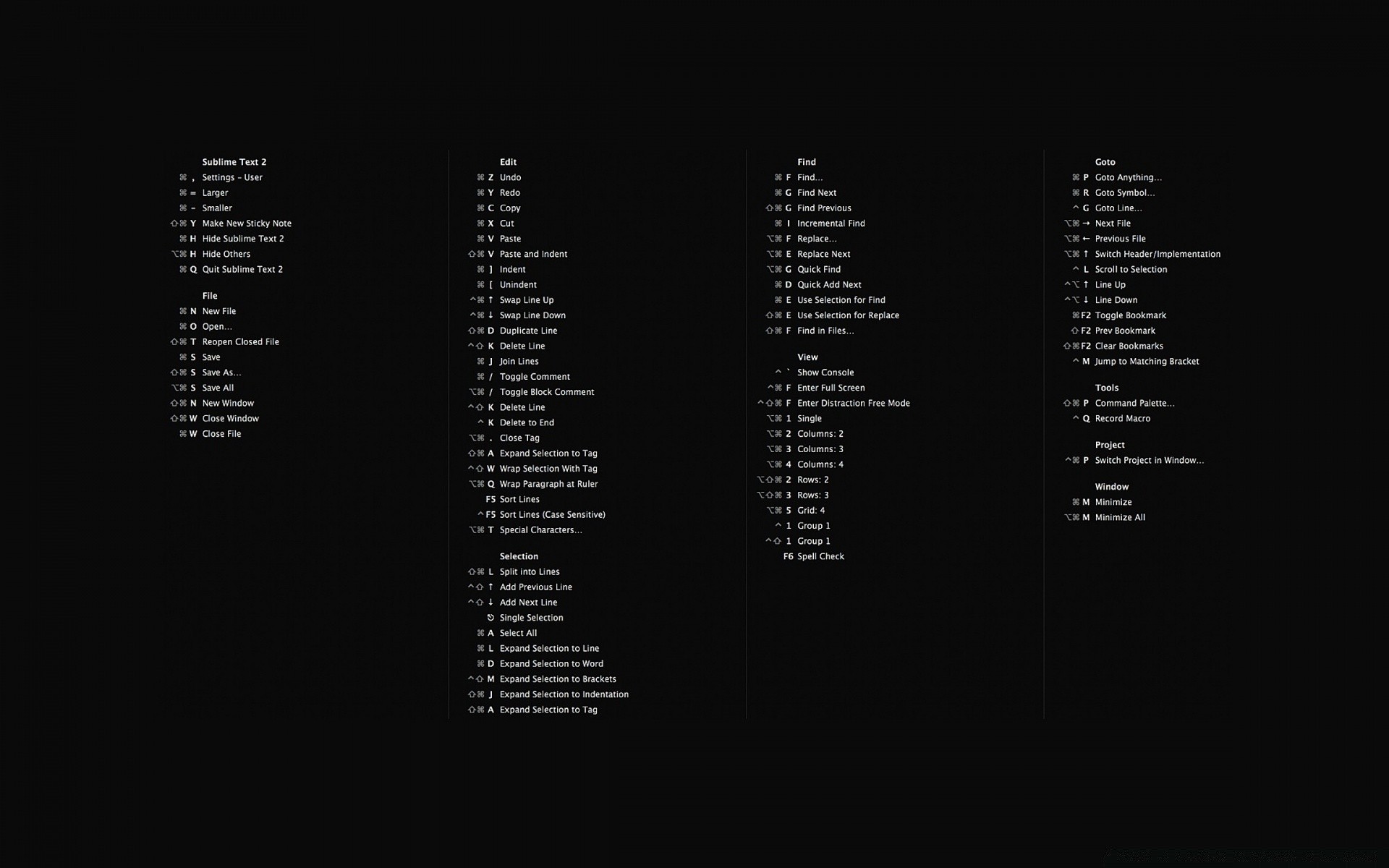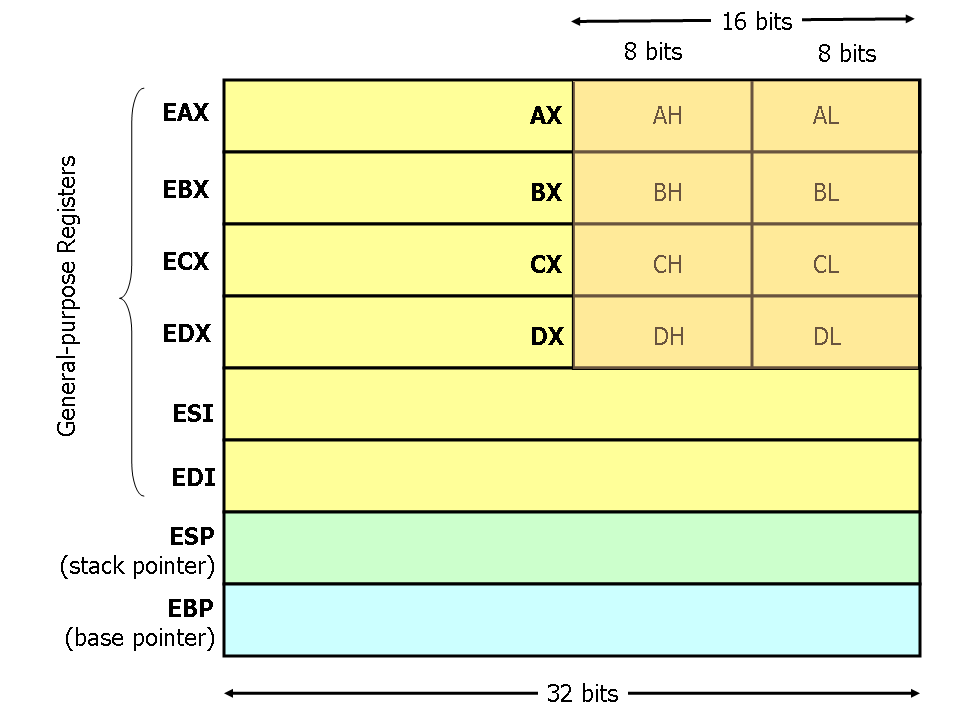Assembly Commands Cheat Sheet
The cheat sheet is intended for 32-bit Windows programming with FASM. One A4 page contains almost all general-purpose x86 instructions (except FPU, MMX and SSE instructions).
Win32 Assembly Cheat Sheet The cheat sheet is intended for 32-bit Windows programming with FASM. One A4 page contains almost all general-purpose x86 instructions (except FPU, MMX and SSE instructions). For many, the command line belongs to long gone days: when computers were controlled by typing mystical commands into a black window; when the mouse possessed no power. But for many use cases, the command line is still absolutely indispensable! Our new cheat sheet is here to help all 'command line newbies': it not only features the most important commands but also a few tips & tricks that make.
What is included
You will find various kinds of moves (MOV, CMOV, XCHG), arithmetical (ADD, SUB, MUL, DIV) and logical (AND, OR, XOR, NOT) instructions here. Several charts illustrate shifts (SHL/SHR, ROL/ROR, RCL/RCR) and stack frames. Code samples for typical high-level language constructs (if conditions, while and for loops, switches, function calls) are shown. Also included are quick references for RDTSC and CPUID instructions, description of string operations such as REP MOVSB, some code patterns for branchless conditions, a list of registers that should be saved in functions, and a lot of other useful stuff.
The idea is to put all reference information about x86 assembly language on the one page. Some rarely-used instructions such as LDS, BOUNDS or AAA are skipped.
Notation

The cheat sheet use common notation for operands: reg means register, [mem] means memory location, and imm is an immediate operand. Also, x, y, and z denote the first, the second, and the third operand. Instruction mnemonics are written in capital letters to make them easier to find when you are skipping through the cheat sheet.
Example
For example, let's look at multiplication and division section. There are instructions for signed (IMUL) and unsigned (MUL) multiplication. Both instructions take one operand, which may be register (reg) or memory ([mem]). There are three possible cases:
- If operand size is one byte, MUL or IMUL multiplies it by al and stores the result in ax
- If operand size is a word, MUL or IMUL multiplies it by ax and stores the high-order word of the result in dx and the low-order word in ax.
- If operand size is a double word, MUL or IMUL multiplies it by eax and stores the high-order dword in edx and the low-order dword in eax.
There are also two-operand and three-operand forms of IMUL shown on the figure above.
Arm Assembly Cheat Sheet

Other features of assembly language are described in a similar way.

Download
Assembly Commands Cheat Sheet Excel
The cheat sheet is designed for A4 page size; if you print it on US Letter paper, you will get large margins. You can print the cheat sheet and put it on your table to look for some instructions when you forget them.
Assembly Cheat Sheet Pdf

At&t Assembly Cheat Sheet
Serbo-Croatian translation of this article by WHG Team.
